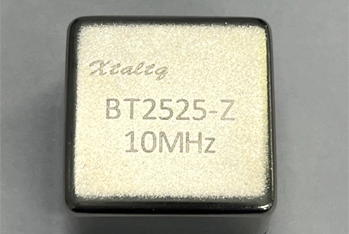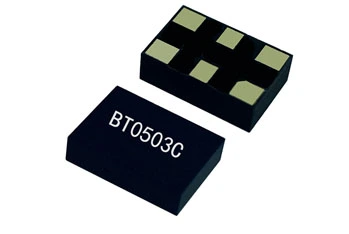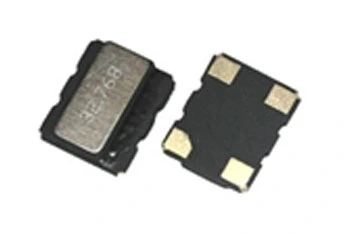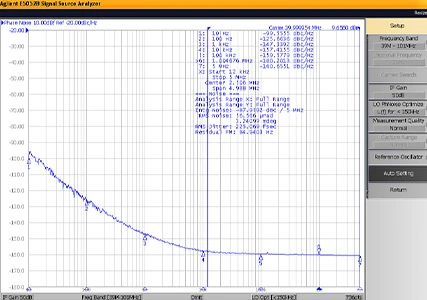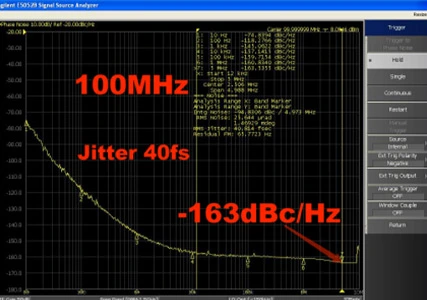Crystal oscillators are widely used to generate precise frequency standards for integrated electronic systems. Due to the continually increasing demands for the portable instruments, high performance crystal oscillators are embedded on the silicon chip where power supply is limited and frequency precision is of some concern. Furthermore, for the miniaturized portable devices, low power consumption is always a crucial requirement, which leads to the major consideration of this proposed crystal oscillator. So a low power CMOS crystal oscillator was realized with high accuracy through tuning the switched-capacitor banks.
An oscillator should be designed so that it has sufficient gain to operate over the entire operating temperature and voltage range. The amplitude must always be sufficient to drive the following gain and buffer stages under operating conditions. To minimize oscillator current requirements, for a given oscillation voltage, a low CL is desired. Lower CL, however, will increase an oscillator's susceptibility to the influence of external noise. Poor availability of low CL crystals may make selection of a crystal with a higher CL necessary, at the cost of increased oscillator current. Likewise, if a design requires a small crystal package, an oscillator design that will drive a high ESR crystal is needed, increasing the necessary oscillator current. Additionally, circuits used to add desirable functions, such as glitch filters to improve oscillator noise immunity, or circuits to detect when the oscillator has stopped, will add to the circuit's overall current consumption.
 English
English français
français Deutsch
Deutsch Español
Español русский
русский



